A group of us in Marinette, Wisconsin, and Menominee, Michigan, were inspired by the Scottish Coastal Rowing Association to form a club with the idea to build and row a team boat. We thought the Chesapeake Light Craft Team Dory would be a good boat for us and made arrangements to rendezvous with the Les Cheneaux Rowing Club on a chilly, misty October day in October to try one of theirs on Lake Huron. The weather was less than perfect and the water around the Les Cheneaux Islands was a bit choppy, but the dory handled it like a charm. With our WISHIGAN (for Wisconsin and Michigan) Team Rowing Club newly established, we ordered a Team Dory kit.Our kit arrived on a 4′ x 8′ pallet along with a box containing the epoxy, watertight hatches, and hardware. All of the parts were well marked and easily identified. We began building with all of the preassemblies: frames, planks, bottom, and transom. The proper alignment of the long three- and four-part planks and bottom panel is guaranteed with the precise CNC-cut puzzle joints. We dry-fit the puzzle joints and found them very tight and almost requiring a hammer to tap them together, but once they were coated with epoxy they slid together quite easily.For the lapstitch construction, the bottom edges of the upper planks are have a 1/2″-wide rabbet, which creates an overlap and largely eliminates the imprecise alignment of the butted edges between conventional stitch-and-glue panels. The plywood parts had all of the 1/16″ wiring holes precisely predrilled. We were amazed that all the holes lined up perfectly, even where wires had to be pushed through two overlapping planks. Once the wires were tightened, the planks formed tight joints and the hull had the classic lapstrake appearance.
Join The Conversation
We welcome your comments about this article. If you’d like to include a photo or a video with your comment, please email the file or link.
Comments (8)
Leave a Reply
Stay On Course


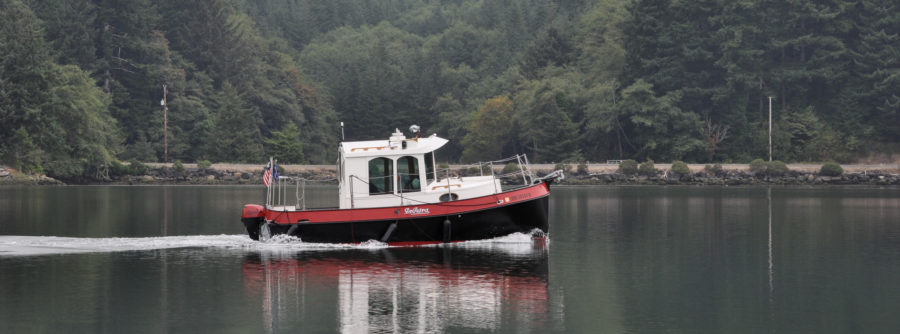
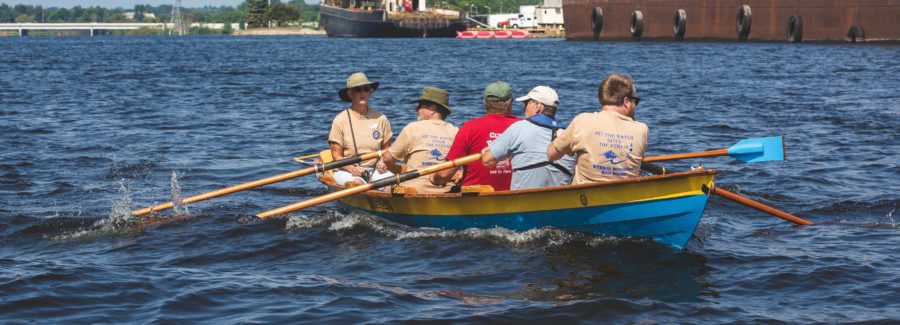

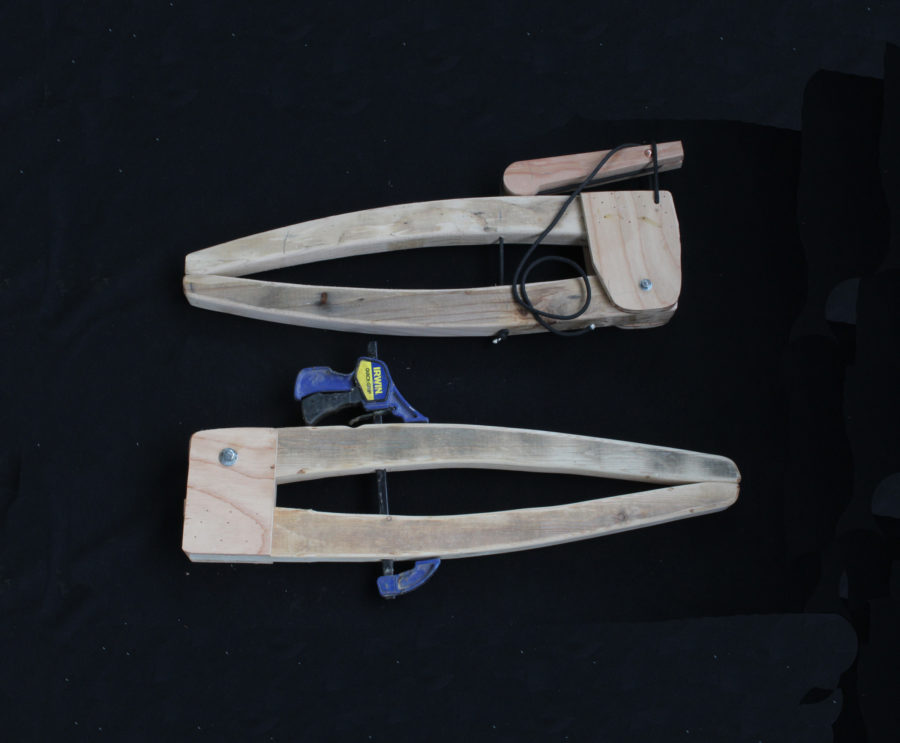
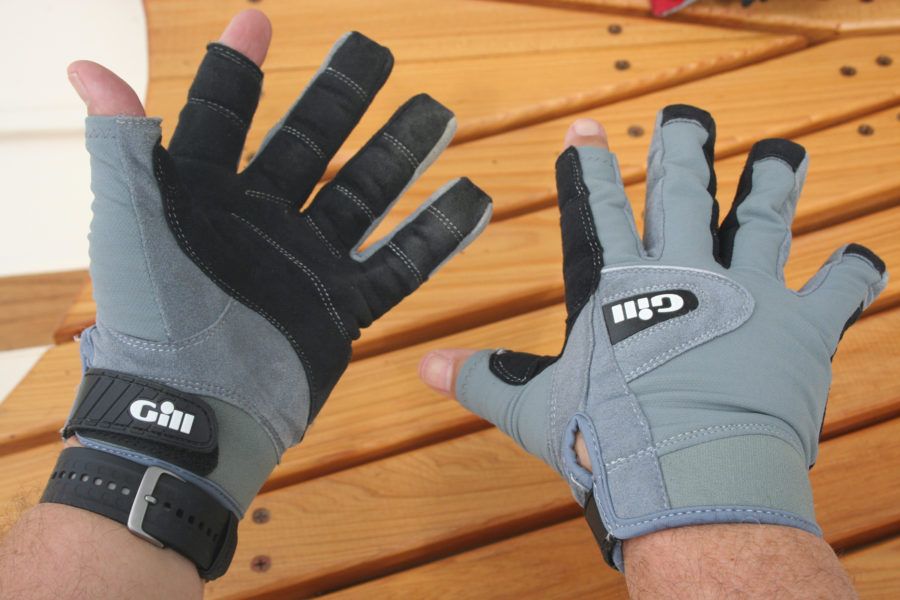
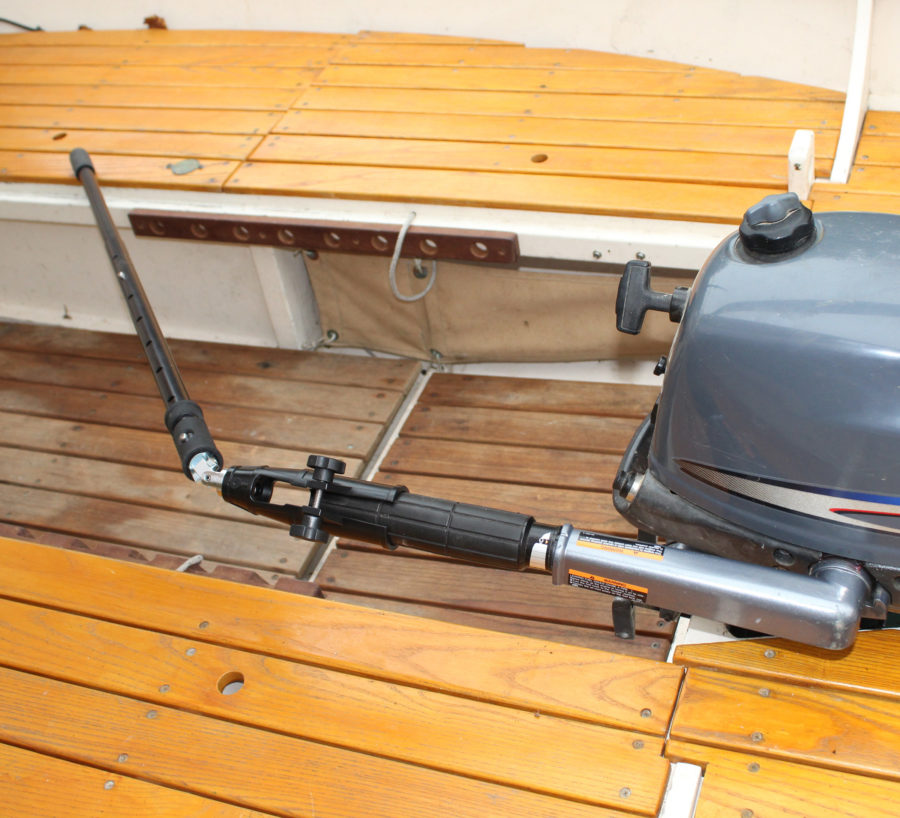
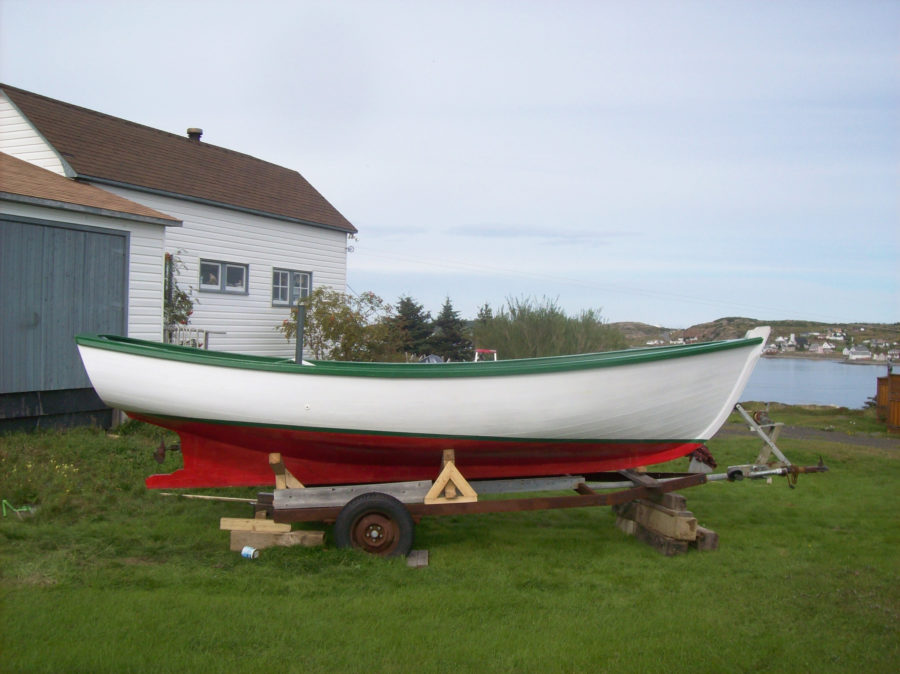
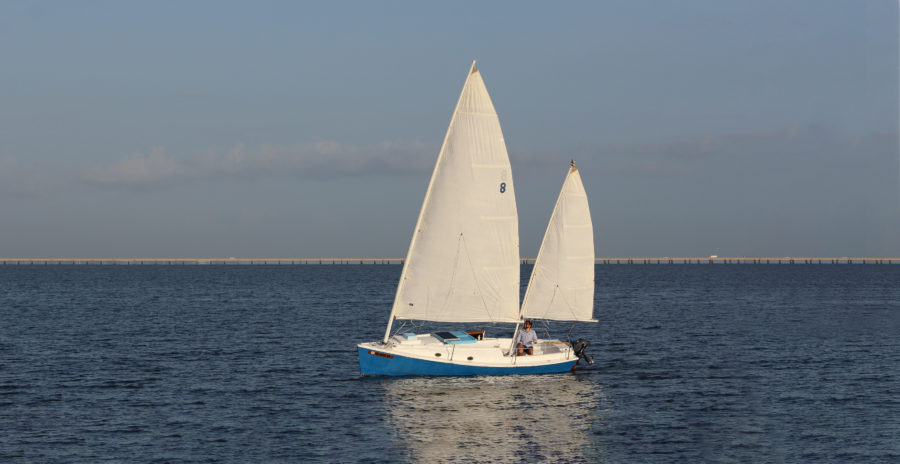
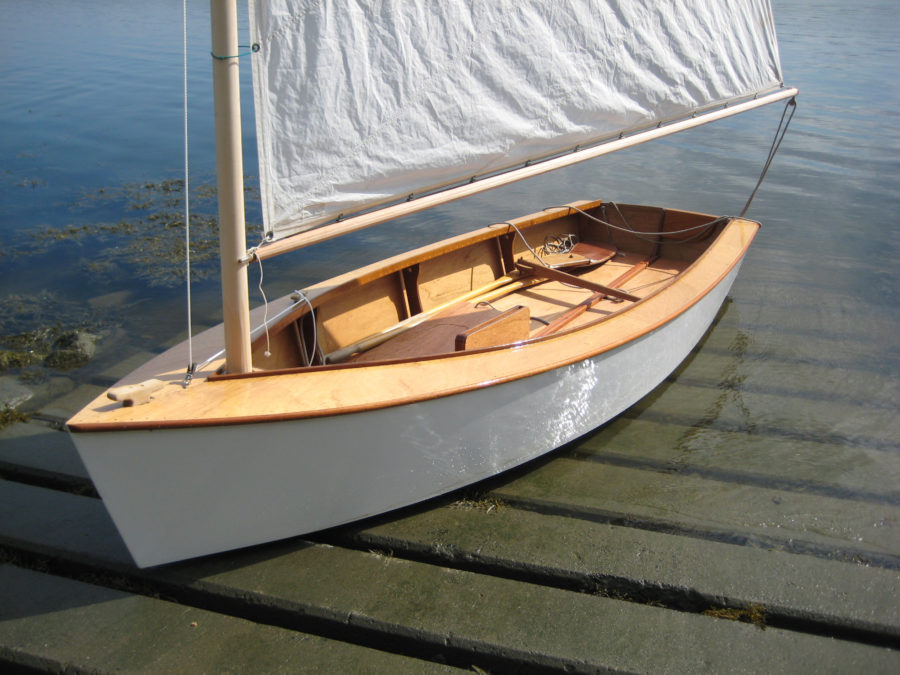
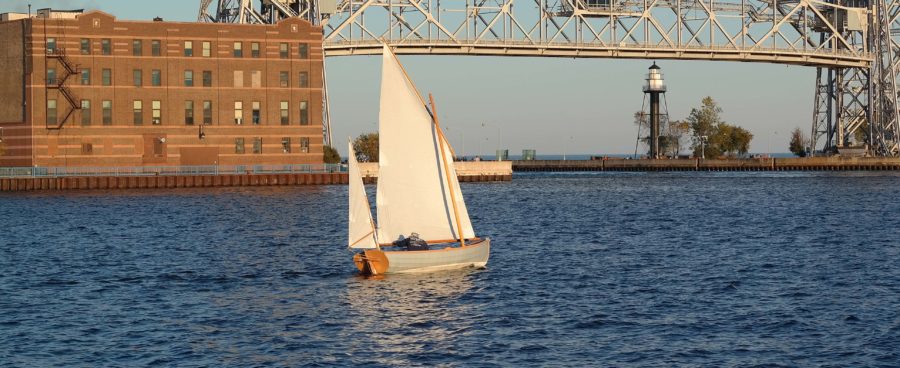
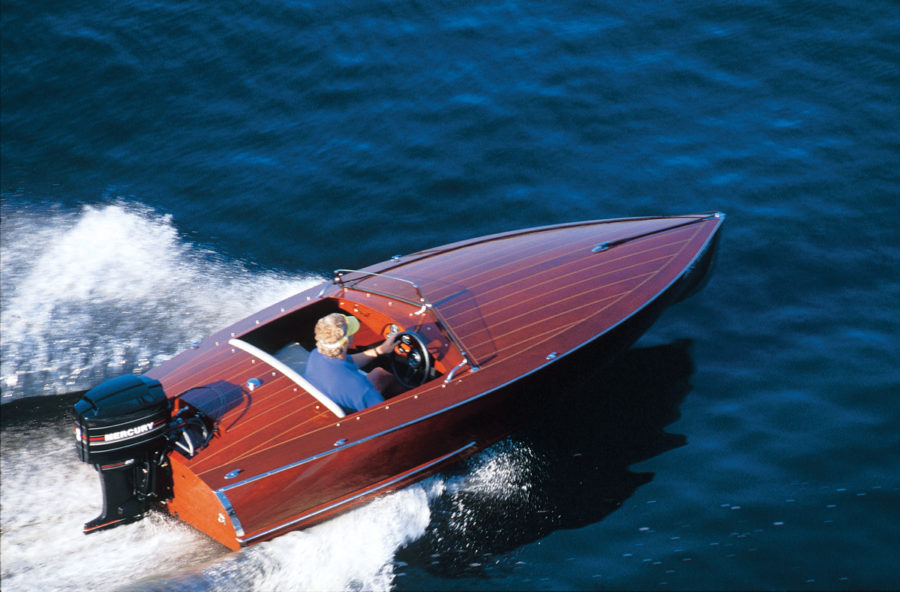
This looks very interesting. Why did you pick the CLC Team Dory instead of the St. Ayles skiff?
Nice article. I have a Crawford Gunning Dory on order, and hope to promote rowing on Lake Michigan out of Sheboygan. Looking forward to attending some Wishigan Team Rowing events and learning more.
Dan, check in with Geoff Rudolph at SEAS in Sheboygan. He is interested in a rowing club as well.
Thanks!! I’d love to be a participant in getting a Team Dory in Sheboygan!
Ian,
We had considered the St. Ayles Skiff, Heritage 23, and the CLC Team Dory. At the time there was not much info on the Team Dory and we contacted John Harris at CLC. John gave us contact info for Les Cheneaux Rowing in Cedarville, Michigan. At their invite we traveled up to Cedarville to try out their dory. It was a blustery and choppy row but the boat handled like a champ and we were impressed. In addition,we decided to go with the CLC Team Dory in an attempt to establish a class of boats for the Great Lakes.
The CLC Dory was a joy to build. We were impressed at how quickly the boat came together and amazed that every predrilled wire hole lined up, especially when passing through 2 planks.
Next year Hands on Deck in Green Bay will be launching their team dory and Marquette has just launched their St. Ayles Skiff. Our sport is growing. Check us out on Facebook at WISHIGAN Team Rowing, Les Cheneaux Rowing and Marquette Pilot Gig Rowing. We each host rowing events through the summer and will always find an open seat and an oar for you.
Hello to my fellow Marinetters, and to Scott Craw, in particular!
It’s been 28 years since I last rowed the Menominee and Green Bay. This dory is better than the other boat types for Green Bay and the Straits because its flat bottom greatly reduces pitching in seas, while giving a “happy water,” low-drag flow past that slippery hull. Good choice! My wife’s grandfather, from Cornwall (1890-1973), alleged that he was the last of the smugglers to/fr France in the Cornish gigs—also an excellent rowing sea boat. But the round-sided dory will survive a larger sea than the gig, because of the pitch damping of the hull bottom. BTW, Jim Derusha (VPO of Marinette Marine then), also a college -rew competitor, used to take potshots at me for “rowing to Sturgeon Bay for a hamburger”…
Rob,
Although I enjoy rowing, I would never imagine rowing to Sturgeon Bay for a hamburger. We’ve invited both Jim and Bob Derusha to row with us but they have not taken the challenge. I’ve had the opportunity to row with Marquette in their Cornish gig but I much prefer the more reasonable oars we have with the dory.
It would be interesting to see a detailed, independent comparison between the St. Ayles boat and the CLC boat. A time trial using the same rowers in the same conditions could determine which boat is faster.